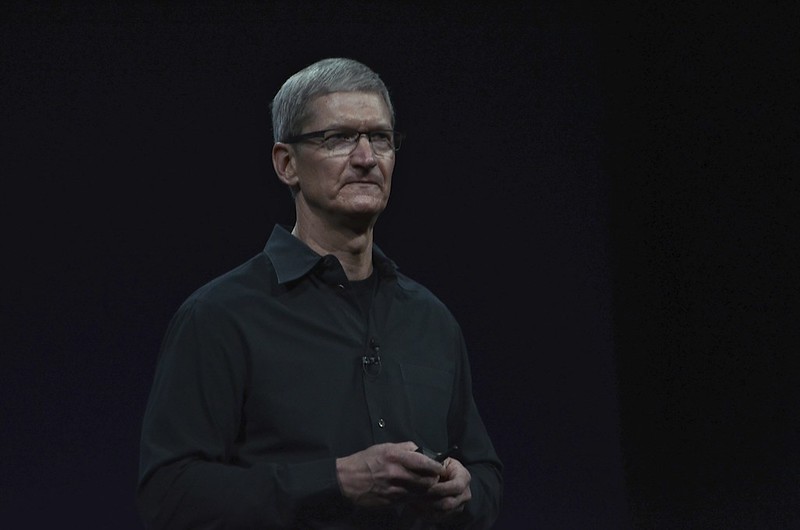Planable
Planable – Planable is an interesting social preview and scheduling tool, particularly for clients in highly regulated sectors such as pharma clients. I use Buffer rather than Planable
China
As many stats as you could possibly want if you have a passing interest in the Chinese internet ecosystem
Consumer behaviour
Chinese Prefer the Sound of Silence When Getting Messages From Mom – WSJ – While users take nine seconds on average to read 100 characters, they need 22 seconds to listen to the same 100 characters, excluding pauses, says Liu Xingliang, head of research at Beijing-based analytics firm Data Center of the China Internet. (Paywall)
Economics
The Fundamental Surplus by Lars Ljungqvist & Thomas J. Sargent – on why unemployment is hard to fix and why Phillips curves are BS (PDF)
Luxury
LVMH Buys Into South Korean Eyewear Brand, Gentle Monster — The Fashion Law – media speculation suggests that it could be worth about 60 billion won ($53.17 million). Per Thakran, the investment will serve to kick-start a strategy to grow the company into a billion-dollar business over the next six to eight years, up from the nearly $200 million it does now. “I believe that across Asia there are only about six to eight brands that can achieve this level of notoriety, with a unique image, that’s differentiated among lifestyle brands,”
Marketing
Asian unit of Bell Pottinger separates from London parent | FT – “This has been a difficult time for everyone — especially as so many good, talented and honest people have been caught up in it,” said Mr Turvey. “But I am pleased our offices in Asia now have control of their own destiny.” (paywall)
Nike is still the king of the sneaker industry, but even great empires can fall | Quartz – much of Nike’s problems are down to poor brand management and over exploitation of assets – just look at all the Air Jordan colour ways that pass through tier zero retailers
Media
Facebook is (quietly) looking for an office in Shanghai | Timeout Shanghai – Facebook already sells a substantial amount of advertising to Chinese businesses looking to advertise abroad. Air China is already a marque customer for Facebook and there is a lot of direct e-commerce going on for gadgets and fast fashion
Online
Russia’s Facebook Fake News Could Have Reached 70 Million Americans – $100,000 on Facebook can go a surprisingly long way, if it’s used right. On average, Facebook ads run about $6 for 1,000 impressions. By that number, the Kremlin’s $100,000 buy would get its ads seen nearly 17 million times.
But that average hides a lot of complexity, and the actual rate can range from $1 to $100 for 1,000 impressions on an ad with pinpoint targeting. Virality matters too. Ads that get more shares, likes, and comments are far cheaper than boring ads that nobody likes, and ads that send users to Facebook posts instead of third-party websites enjoy an additional price break
There’s something wrong with video advertising and it’s hidden in plain site – AdNews – too many trackers degrading ad player performance and viewability
Seniors Realize Their Travel Dreams in This Intel Virtual Reality Project – Video – Creativity Online – it reminded me a bit of Total Recall
Advertisers bullish over ad budget | Shanghai Daily – bullish on Chinese media market prospects
City’s telecoms operators look to new iPhone to kick-start handset sales, in long absence of ‘hero’ model | SCMP – is the lack of a hero model an indication of category design maturity?
Technology
Feel old? 1990 Sony Trinitron TV now considered ‘historical material’ in Japan | SCMP – it was a thing of beauty, my current TV set still doesn’t do blacks with the same inky depth as my old Trinitron set. Trinitron is also an emblem of how low Japanese consumer electronics have fallen from its pre-Internet highpoint
Daring Fireball: Samsung’s OLED Display Monopoly – bang goes the market
Wireless
Apple Beats Samsung in Smartphone Sales in China and More Importantly in Repeat Sales by a Staggering Margin – Patently Apple – the problem you’ve got is the data, it can’t be trusted

